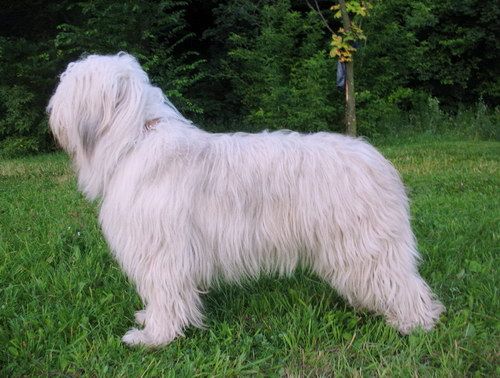South Russian Ovcharka

South Russian Ovcharkas are confident and self-sufficient. They are considered protectors of the home, as they distrust outsiders loyal to the owner and family members. Have qualities such as excitement, high intelligence, adaptability, initiative. React viciously to strangers. Carefully protect their territory and are ready to attack strangers even without barking, but spontaneously and silently.
Table of Contents
Breed Information
| Another Name | Youjnorousskaïa Ovtcharka, South Russian Sheepdog, Ukrainian Ovcharka, Yuzhak, South Ukrainian Ovcharka, South Russian Shepherd Dog |
| Origin | Russian Empire, Soviet Union, Ukraine, Russia |
| Height | Males at least 65 cm Females at least 60 cm |
| Weight | Over 35 kg |
| Fur | Coarse, slightly wavy, with a well-developed undercoat |
| Color | Most often white, white with yellowing, pale, gray in different shades, white with gray spots, white with pale spots, gray-feather, and pale-feather |
| Lifespan | 12 years |
| FCI Classification | Sheepdogs and Cattledogs (except Swiss Cattledogs) |
| Group | Service dogs |
| Price | From $350 |
Breed Photos
Origin History
The origin of South Russian Ovcharkas is assumed to be from crossing them with sheep in southern Spain’s steppe regions. It is mentioned for the first time in 1830 in a complete collection of the Russian Empire laws. These agile dogs were capable of walking around flocks of sheep and protecting them. They handled the herds alone but were very much inferior to the wolves of the area. Therefore, the need was formed to create a new breed.
Later, these dogs were distributed in Russia’s southern regions and were even known abroad in Western Europe as the “Russian Shepherd Dog”.
In 1898, Baron Falz-Fein gave the breed modern typical traits and the name “Southern Russian Shepherd Dog” in Askania Nova.
South Russian Ovcharkas are easy to keep and can adapt quickly to any environment. They are always ready to protect their owners and their property.
Appearance
The South Russian Ovcharka is usually medium to large. Males are more massive than females and have larger heads. The body, head, limbs, and tail are covered with coarse, long, shaggy hair, which gives the deceptive impression of clumsiness and heaviness. But in fact, the South Russian Ovcharka is a fast and agile dog.
Males are heavier and taller than females. Males can weigh up to 48 kg and females up to 40 kg.
Character
South Russian Ovcharkas are confident and self-sufficient. They are considered protectors of the home, as they distrust outsiders loyal to the owner and family members. Have qualities such as excitement, high intelligence, adaptability, initiative. React viciously to strangers. Carefully protect their territory and are ready to attack strangers even without barking, but spontaneously and silently.
Care
The pets do not need any special care. But a lot of time should be given to the fur of a Yuzhak. To have a well-groomed coat, it must be combed regularly. In addition to the molting stage, the procedure is performed 1-2 times a week using a special comb with teeth of different lengths. Pets will gladly live in a large enclosure or in an area that is free to move around. It is better not to keep them on a rope; this may lead to aggression.
Bathe no more than 1-2 times a year with special shampoos and conditioner. The oral cavity should also be examined 1-2 times a month.
When the hair at the eyes, in the ears, and between the fingers grow back, it should be trimmed. The eyelids and ear pads should also be cleaned if they become dirty.
The South Russian Ovcharka’s need for vigorous exercise must also be taken into account. It is suggested to take them for walks at least twice a day and at least one hour.
You should not have them if you have an apartment, not a house. They need a space where they can run around and have fun.
Training
South Russian Ovcharkas are easy to train. They are quick to learn and memorize commands. However, it would help if you started teaching them from childhood because they tend to be independent and are easily influenced by their hunting instincts.
If you can’t teach them yourself, it’s worth inviting a dog handler. Training should be done in the form of games.
They are often used not only in home security but also in search activities and guard duty.
Common Diseases
Pets are in perfect health and rarely get sick. However, when older than ten years of age, such illnesses may occur:
- musculoskeletal disorders;
- otitis media;
- eye pathologies;
- arthritis;
- joint dysplasia.
Nutrition
A balanced diet is recommended. The diet’s central part should be natural food – dairy products, eggs, saltwater fish, and beef.
Vitamins should be added to the diet during the period of growth and increase in weight. Adult dogs should be fed twice a day – in the morning and in the evening.
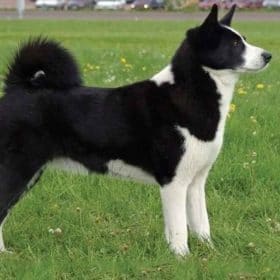 Karelian Bear Dog
Karelian Bear Dog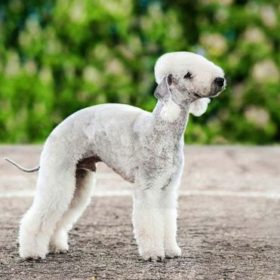 Bedlington Terrier
Bedlington Terrier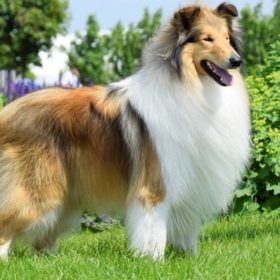 Rough Collie
Rough Collie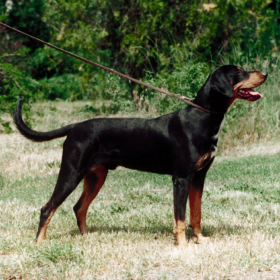 Transylvanian Hound
Transylvanian Hound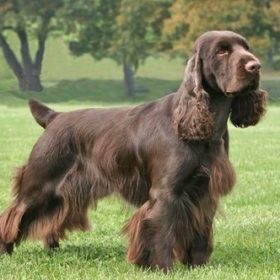 Field Spaniel
Field Spaniel Havanese
Havanese
